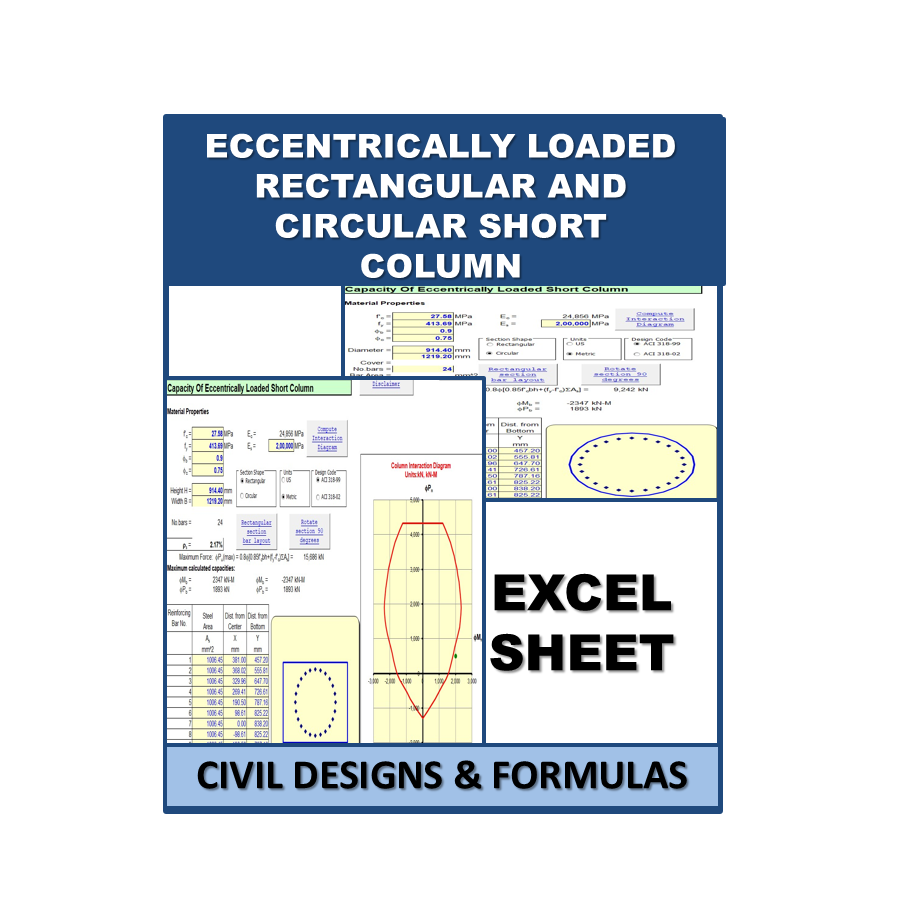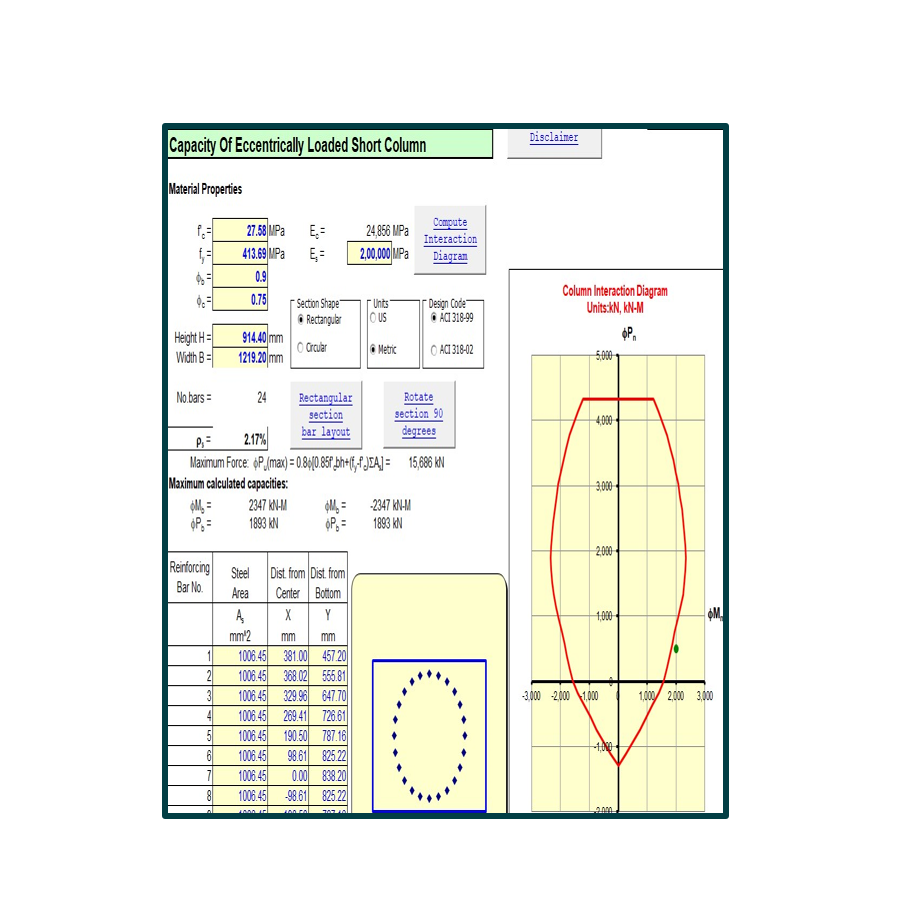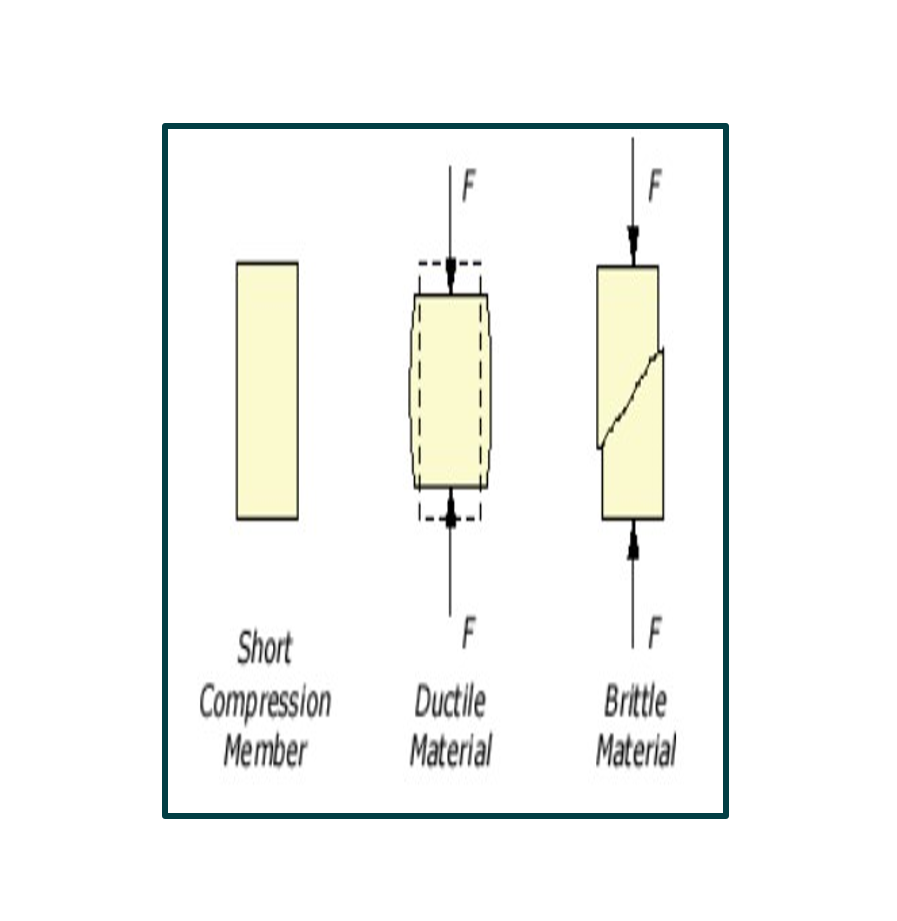Description
The capacity or load-carrying capacity of a short column refers to its ability to withstand compressive forces without experiencing failure or excessive deformation. The capacity of a short column is typically determined by the material properties and the geometric dimensions of the column.
The capacity of a short column can be calculated using various methods, including empirical formulas, design codes, or structural analysis techniques. Some common methods for calculating the capacity of short columns include:
Euler’s Formula: Euler’s formula is a simplified approach that provides an estimate of the elastic buckling load for a column. It assumes that the column fails due to buckling before reaching its material strength limit. Euler’s formula is primarily applicable to slender columns with a length-to-diameter ratio greater than a specific critical value.
Column Interaction Diagrams: Column interaction diagrams provide a graphical representation of the combined axial load and bending moment capacity of a column. These diagrams consider both the compressive strength of the column material and the resistance to bending moments. They are particularly useful when the column is subjected to combined axial and bending loads.
Design Codes: Various design codes, such as the ACI (American Concrete Institute) code for concrete structures or the AISC (American Institute of Steel Construction) code for steel structures, provide guidelines and formulas for calculating the capacity of short columns. These codes incorporate factors such as material strength, column dimensions, and load conditions to determine the column’s capacity.
Structural Analysis: Structural analysis techniques, such as finite element analysis (FEA) or other numerical methods, can be employed to analyze the behavior of short columns under different loading conditions. These methods provide more accurate results by considering factors such as material nonlinearity, geometric imperfections, and boundary conditions.
It’s important to note that the capacity of a short column depends on several factors, including the material properties (such as concrete or steel), the cross-sectional shape (such as rectangular, circular, or I-shaped), the dimensions, and the boundary conditions. Designing short columns requires careful consideration of these factors and adherence to relevant design codes and standards to ensure structural integrity and safety.









Reviews
There are no reviews yet